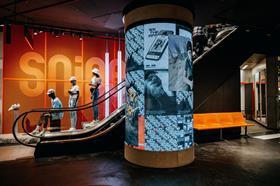UK-based brand and retailer Alpkit has been an outdoor industry success story in recent years, with its focus on community growth through events clearly reaping rewards. Originally a niche, digital-only retailer, the brand has now opened its tenth brick-and-mortar store and was named Outdoor Brand of the Year by the public in The Great Outdoors Awards. As of the end of 2022, the B-Corp certified company valued itself at £15 million. Our exclusive case study examines how, like Alpkit, building a community can help brands and retailers generate and retain customers.
- Alpkit’s community-led events strategy played a major part in the company’s growth
- Alpkit’s beyond-retail offerings create brand loyalty and trust
- Retailer-led community events create unique opportunities to gain interactions with, and feedback from, customers
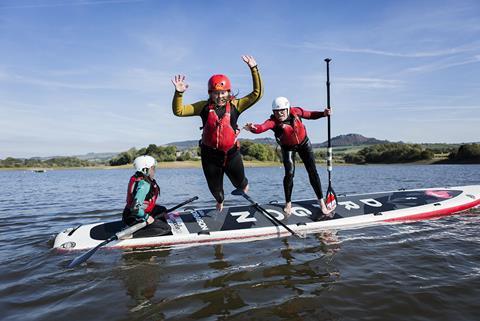
How Alpkit builds community
Alpkit was founded in England’s Peak District region in 2004 when four friends who were frustrated at the cost of outdoor gear decided to make and sell sustainable, technical products at reasonable prices. Today, the company has 300,000 customers across over 70 countries and ten “experiential” stores, which, as CEO David Hanney describes, are designed to “showcase their love of the outdoors.”
At its Hathersage store, staff members lead a free social running club on Friday mornings. The Keswick store hosts wild swims in the local lake, whilst visitors to the Ambleside store can take part in weekly yoga sessions.
As part of Alpkit’s School of Adventure, its stores throughout the country work with local instructors and guides to provide workshops in skills such as navigation, bike maintenance, and strength and conditioning for climbers, while at the end of each summer, the Alpkit Big Shakeout attracts over 1,000 people to their festival site in England’s Peak District National Park for activities during the day followed by food, live music, lectures and adventure films, and an on-site Alpkit shop.
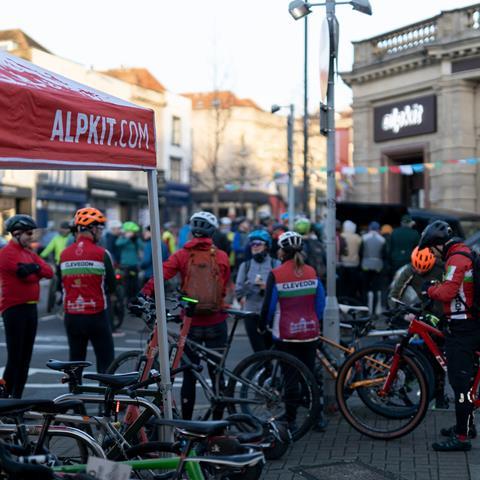
Community events bring measurable customer growth
Hanney believes that Alpkit’s community strategy has huge benefits when it comes to brand loyalty and trust.
“When you’re spending time outdoors with your own customers, it does make you feel much closer,” said Hanney. “Our customers do tend to live online but we can see the impact of web sales that occur from users within half an hour’s drive from our store. Our web sales are stronger where we have a store and I put that down to community events.”
Asked whether these events had measurable benefits in terms of customer growth, Hanney replied, “yes, definitely.”
“First of all people have been introduced to us through the festival,” explained Hanney, “and in lockdown, when we were running winter webinars we’d have 1,500 people signing up and we could see that almost half of them had never shopped with us before. We were gaining new customers just by having good speakers and interesting topics to talk about.”
Retailer-led community events build better relationships with customers
According to Hanney, community events are also opportunities for staff to gain feedback and insights, giving them “valuable time with customers” but in a more open, trusting scenario, “without the context of just talking to [customers] chiefly to assist in sales.”
This is a strategy that has also proven to be beneficial to Ellis Brigham, another leading UK outdoor retailer. Partnerships and events coordinator Charles Gay explains that demo and try-before-you-buy events hosted for community members have become “incredibly valuable” to the business.
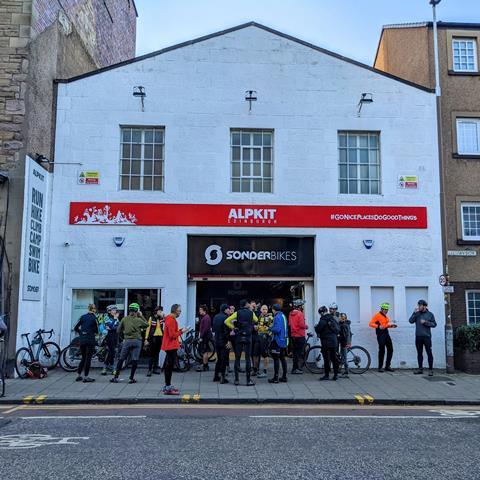
“Having the opportunity to get direct, instant feedback is gold,” Gay adds. “It creates an open conversation as opposed to a more time-consuming process for the customer. It’s also fantastic for customers to see how passionate our staff are about the outdoors.”
Community events, he recognized, do not always lead to sales on the day, but the experience and brand trust that they create brings benefits down the line.
“It can often be the case that people have gone away and looked at the options before returning to make a purchase,” said Gay. “If we can be seen at the right place, offer the right opportunity for a trial or inspire someone to take up a new sport, then all the work we put into every community event is worth it.”
For Alpkit itself, the growth of its community and its importance to the company hasn’t come about by accident.
“It’s a bit more than happenstance,” said Hanney. “It used to drive me crazy that so many outdoor stores would work in a completely different world to the spaces that people lived in. So many stores and brands focus on saying how cheap their gear is or how good their products are, but none of these [stores] would work really closely with people and with the outdoor community surrounding it. Traditional outdoor stores could be quiet places and wouldn’t have a lot going on out of season, so for us the store events for our community are a way of having things going on in those out-of-season times.”
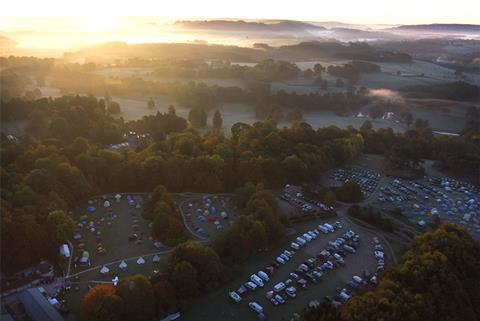
Successful retailers build community both instore and online
Beyond the outdoor industry, the sneaker store Snipes is another notable example of how community growth can benefit a business. Our case study How Snipes’ unique retail experience helped the brand to open nearly 700 stores worldwide explained how the brand’s retail success has come not from a purely sales-focussed approach, but like Alpkit, by placing the onus on the community experience that makes up part of the store experience.
Perhaps one of the best examples of success through community growth, however, is Lululemon. The active-wear brand has an engaged community of over 4 million social media followers, with over 2 million posts tagged on Instagram. Like Alpkit, its stores are not just for retail but also gathering spaces for activity and talks.
“Lululemon provides a case study in the next phase for retail, which in the current age has evolved from primarily a product to a people business,” writes senior contributor Pamela N. Danziger in a profile on Lululemon’s community strategy in Forbes. “The existing retail experiential model, where retailers offer engaging in-store experiences of touch, sight, sound, taste, scent, and exploration, is the first step toward people rather than product-focused retail. But the next step of retail’s evolution is going to be experiences that bind people into communities.”
Alpkit might operate on a smaller scale than the likes of Snipes and Lululemon, but it’s clear that it’s following the same path to success.
As Hanney said in an interview in 2018, reflecting on the Alpkit Big Shakeout Festival that year: “When you’re sitting there with a thousand people just loving the bands playing, the talks and films, it’s very special […] When you see this and experience it, you just think that we can’t fail.”



